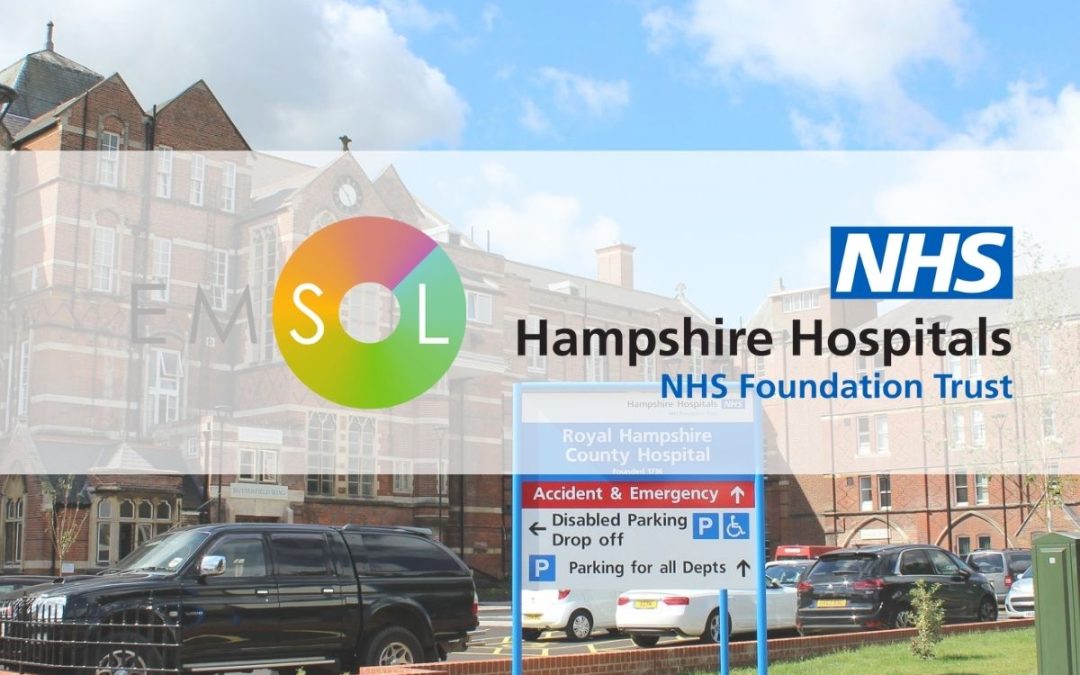Pollution has improved since the ULEZ and LEZ
The Ultra Low Emission Zone in central London has had a big impact on London since it was introduced in April 2019, helping to reduce nitrogen dioxide in the centre by nearly half. On the 25th of October, the ULEZ will expand from central London up to the North Circular Road (A406) and South Circular Road (A205), covering most of Greater London.
On 1 March 2021, a similar scheme was introduced for heavy vehicles operating with the Low Emission Zone (LEZ). An interesting new report shows that this had great success with 95 per cent of large and heavy vehicles operating in London now meeting the standards, up from 48 per cent in February 2017 when the scheme was announced. We could expect to see a similar rise in private passenger cars once ULEZ fully rolls out.
The LEZ covers heavy goods vehicles, vans and other specialist vehicles over 3.5 tonnes gross vehicle weight (GVW), as well as buses, minibuses and coaches over 5 tonnes GVW. These vehicles are part of the lifeblood of London, carrying deliveries to businesses and consumers.
The LEZ requires these vehicles to meet the new Euro VI (NOx and PM) standards meaning vehicles were registered after 2013 and must meet a certified level of 0.40g/kWh NOx and 0.01 g/kWh PM.
Data from Transport for London suggests that the majority of trucks are Euro VI compliant but what does this really mean? While the LEZ has been successful at ensuring that older and more polluting Euro V vehicles and earlier are not entering London, which will have a positive impact on pollution, it is not the whole story.
Euro VI isn’t a simple fix
Euro VI is the latest emission standard from the EU, however, there are several pieces of research that suggest Euro VI standards cannot simply provide a free pass to reducing pollution:
- – Real-world emissions are higher than lab-based Euro VI certification tests.
- – There is a potential for higher CO2 emissions due to the type of emissions control technology used. This suggests a need for a tradeoff between CO2 reduction and NOx.
- – Emissions tend to be higher at low speeds – a particular concern in a congested city like London.
- – The ICCT found that in every vehicle they tested, the latest Euro VI-D trucks in urban areas exceed Euro VI limits. Some exceeding by three times as much.
- – Urban operation is responsible for 50% to 90% of total NOx emissions
The European Commission also recognised the ongoing air pollution issues with Euro VI which is why discussions are underway for EuroVII – potentially implemented as early as 2025-2030 for new trucks.
However, there will always be some divergence between certified emission standards and the performance of vehicles in the real world. This could be due to:
- – Types of emission control technology used
- – Malfunctioning and tampered vehicle
- – Ageing parts
- – Vehicle in need of maintenance
- – Emissions from break and tyres (not current limited)
- – High/low load operation (i.e. how full the vehicle is).
Real-time data for real improvements
The only way to understand real-world performance is through real-time testing and using a data-led approach. In this sense, what EMSOL offers is supplementary to the ULEZ and LEZ. We consider that clean air zones set a minimum floor on the impact of transport and supply chains. However, EMSOL looks to engage with businesses to evidence a best-in-class performance.
By supplementing this with site-specific insights, you can take control of the pollution that you and your supply chain are responsible for. EMSOL also doesn’t assume that Euro VI trucks will meet a particular pollution level, instead, we take a more scientific approach by identifying pollution to each specific vehicle. This means businesses meaning have specific insights on the main contributors of pollution at their site.
Contact:
Web: EMSOL.IO
Address: Ben Fielden, EMSOL, 25 Lavington Street, London, SE1 0NZ
Email: ben.fielden@emsol.io
Call: 020 3982 9440





